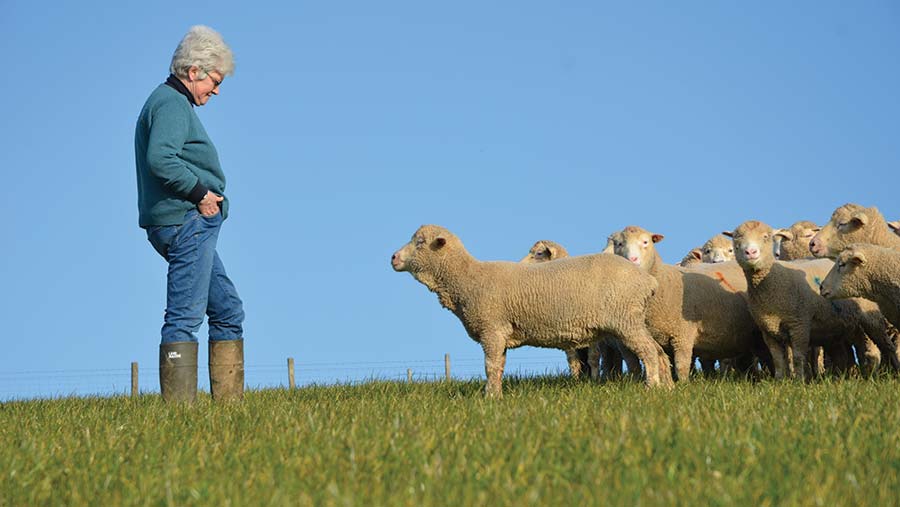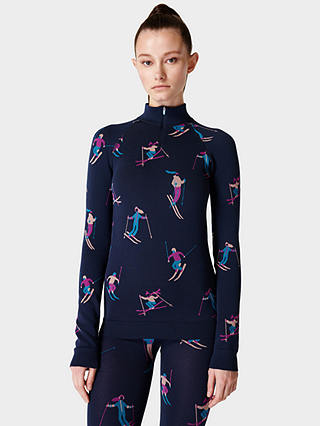Best News To Selecting Merino Wool Base Layers For Hiking
Wiki Article
What Are The Differences Between Merino Sheep Differ From Other Sheep Breeds?
Merino sheep differs from other types. Merino sheep also have fine wool. The wool of Merino sheep is soft and more fine than other sheep breeds. Merino wool is prized for its versatility and warmth.
Adaptability- Merino sheep are highly adaptable to different environments and climates. They can thrive in both cold and hot climates, and are able to withstand a range of temperatures.
Resilience- Merino lambs are known for their toughness. They are resistant against most common illnesses and can withstand the harshest conditions.
Fertility- Merino sheep are characterized by a high fertility rate and are able to produce multiple offspring from one pregnancy.
Merino sheep have distinctive habits of grazing that help them keep their health. They feed in a careful and controlled manner that allows them to avoid excessive grazing and toxic plants.
Breeding- Merino sheep often are selectively crossed to create the highest quality wool. The result is the wide range of Merino sheep breeds, each having their particular characteristics and distinct qualities.
Overall, Merino sheep are highly valued for their exquisite wool, adaptability, strength and other exceptional attributes. They are a vital source for the wool industry, and are highly sought-after by farmers and breeders around the globe.

What Is The Basis Layer Of Merino-Wool Differ For Mediumweight, Lightweight, And Heavyweight?
The fabric's thickness, warmth, and weight is what differentiates light, mediumweight, and heavyweight Merinowoo base layers. Here is a list of the main differences among the three types of base layer. Lightweight Merino Wool base layers are usually constructed from a light, breathable fabric that can endure mild and cold weather. This is the most suitable kind of base layer to use for intense activities. You'll need fabrics with good wicking properties to help keep you cool. They can be utilized in colder temperatures to serve as a base layer beneath other layers.
The medium-weight Merino wool base layer is constructed of thicker fabrics that provide greater insulation and warmth than thinner base layers. This base layer performs well in cold to cool conditions, and it is an excellent choice for activities with moderate to low sweat production.
Heavyweight Merino wool base layers are constructed from the highest quality and warmest material. They are great for colder temperatures. This kind of base layer is suitable for sports that require low intensity, and that don't cause you to sweat as much, like skiing or snowshoeing.
Take into consideration the weather conditions you are going to be participating in and the type of activity. A lighter base layer is best for activities of high-intensity in cool or mild conditions. While a heavier base layer is suitable to perform activities that are cool or cold, and with a low- to moderate intensity, it is great for any activities that require intense levels of activity. A heavier base layer is best for extremely cold temperatures and low-intensity activity. Remember that you can layer your clothes up or down depending upon the weather conditions. It is better to pick a heavy base layer over a lighter one. Consider the size of your base layer, and make sure it's comfortable and offers a full range of motion. Go merino wool base layers online store for blog info.

Why Is Merino Wool Mixed With Himalayan Yak Wool An Excellent Base Layer For Skiing?
Blending Merino wool and Himalayan Yak wool is the ideal choice to create a base layer for skiing , as it blends the advantages of both fibers. Merino wool is renowned for its suppleness and moisture-wicking characteristics in addition to its ability to regulate temperature and softness. Himalayan yak wool, however is renowned for its warmth, durability, and warmth. When these two fibers are blended to create an excellent base layer that gives great warmth, moisture control, and breathability, making it ideal for skis. Merino wool regulates your body temperature and wicks the moisture away, and helps keep you dry. The yak wool serves as an additional layer of insulation and gives warmth during cold winter days. Merino wool blended with yak wool gives superior durability and resistance against wear and tear. This makes it the ideal base layer for activities like skiing. Merino wool paired with Himalayan wool and yak wool makes an excellent base layer to use for skiing or other cold weather activities. Go read more about hiking base layer info for site tips.
Merino And Himalayan Himalayan Yak Wool Are Superior To Cotton, Polyester, Nylon, Fleece, And Other Alternatives To Skiwear.
Merinowool and Himalayanyak wool is better than nylon, polyester, nylon, fleece and fleece for ski clothing. Warmth: Merinowool and Himalayanyak wool are very effective insulators. They help keep your warm even in frigid weather. Merino Wool as well as Himalayan Yok Wool are superior in insulation.
Moisture management - Merino wool, Himalayan Yak wool, and Himalayan yak yarn are excellent at managing moisture. This means that you can ski comfortably and dry while wearing them. Both wools are naturally moisturizing. This means that they draw out moisture and move it onto the outer layers of fabric. This contrasts with cotton which absorbs moisture and becomes heavy when wet.
Breathability - Merino wool, Himalayan yak wool, and other wools are extremely breathable. This lets air circulate through the fabric, which aids in controlling body temperature. This is crucial for ski clothing, as it lets you remain comfortable while you're skiing. Polyester, nylon, and fleece on the contrary are less breathable, trapping heat and moisture. You'll be uncomfortable and hot.
ComfortThe Comfort Merino and Himalayan wools are soft and comfortable, and can be worn close by the skin. They're also extremely flexible and stretchy. This means they are able to move along with your body and permit a full range of movement. Although nylon, fleece polyester, and nylon may be uncomfortable and limit your range but they also can cause discomfort and chafing.
Sustainability- Merino wool, Himalayan yak wool and other natural fibers are sustainable and biodegradable. They are more environmentally friendly than synthetic materials like polyester and nylon that are constructed from non-renewable resources and take much longer to decay.
Merino wool, also known as Himalayanyak wool can offer numerous advantages over cotton, nylon, polyester, nylon, or fleece for ski clothing. They are warm and durable, as well as water-wicking. They are soft and breathable. This makes them the ideal choice for those looking to keep at ease when skiing.
